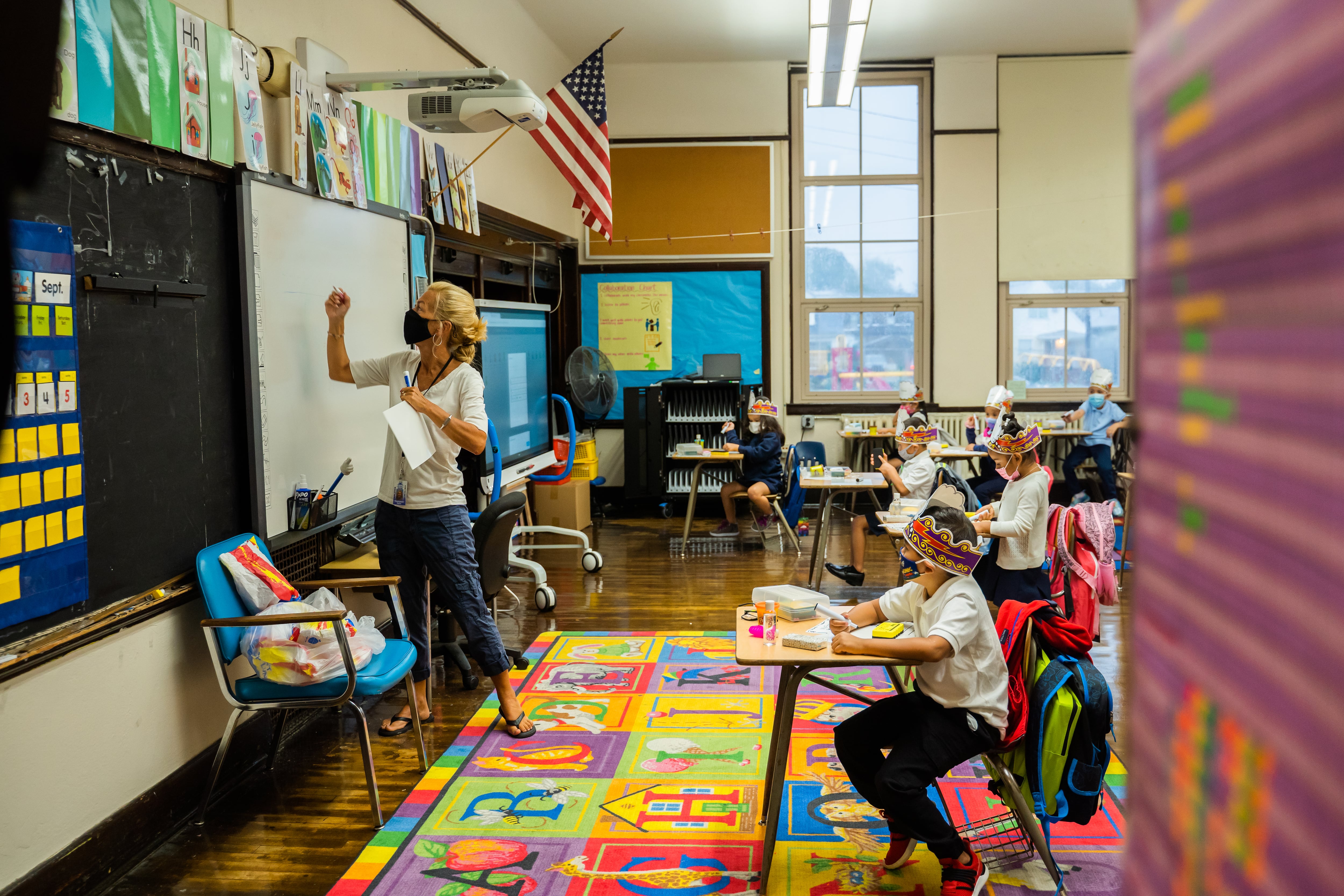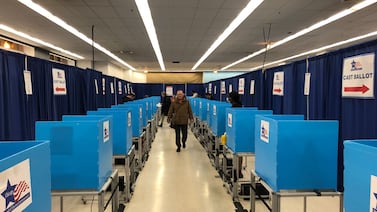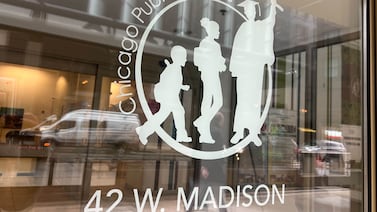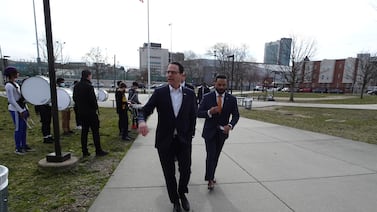As classes in the Detroit school district reopen for in-person instruction Monday, teachers will welcome back those who began the year learning inside school buildings as well as thousands of students who will step foot in buildings for the first time since the pandemic began a year ago.
The Detroit Public Schools Community District restarts face-to-face classes after suspending them in mid-November, when positive COVID-19 cases were surging. The district will join a growing number of districts in Michigan whose school leaders have reopened buildings as positive case numbers decline and educators gain access to vaccines.
The return to in-person instruction has been pushed by Gov. Gretchen Whitmer and President Joe Biden, who have stressed the drawbacks of virtual learning.
But even as the Detroit district sees a big increase in the number of families who want in-person learning, a significant portion of the school population, including parents and staff, isn’t ready.
“We do know that the COVID fear is very real and the threat of COVID is still in existence despite a vaccine,” Superintendent Nikolai Vitti said during a recent school board community meeting.
Here’s what you need to know in Detroit:
More families want face-to-face instruction, but few will get it full time
The district expects 20,000 students to return next week. The number of students returning is double what the district had in the fall, Vitti said in a statement Friday.
The expectations are based on responses to surveys the district asked families and staff to complete earlier this year. Those surveys found the number of families wanting face-to-face instruction had risen from about 20% in the fall to about 40% now.
The 20,000 figure includes a small number (about 1,000) who will have in-person instruction full time.
The remaining students will spend a portion of their day in the building learning face to face, and the rest of the day in the building learning virtually. How much time they spend online depends on the availability of in-person teachers. A student could spend much of their day in the classroom learning in-person, but if their music teacher has opted for virtual teaching, that class would be taken online.
A letter of agreement with the Detroit Federation of Teachers, signed prior to the beginning of the school year, gives teachers the choice of teaching in person or remotely. The number of teachers willing to be in school buildings has increased, but not enough to meet demand.
An option for students who can’t get any in-person classes is the district’s learning centers, which are located in each school building. The centers give students a safe option for taking their virtual classes while under the supervision of a staff member. About 5,000 students are attending the centers.
The district reopened the learning centers Feb. 24.
How to find out about positive COVID-19 cases
The district posts weekly updates about positive COVID-19 cases that are reported to school officials.
The districtwide data shows the total number of positive cases and the number of students and staff who are quarantined. There is also a breakdown of the number of outbreaks by school. An outbreak is defined as two or more potentially related COVID-19 cases on school grounds.
You can find the information here.
Expansion of COVID-19 testing
The district, as part of a partnership with Wayne State University and Henry Ford Health System, began offering free, voluntary COVID-19 tests to staff and families. Vitti has said recently in meetings that the effort will be expanded so the testing is available in more locations.
More details are still to come. But you can find current testing locations here.







